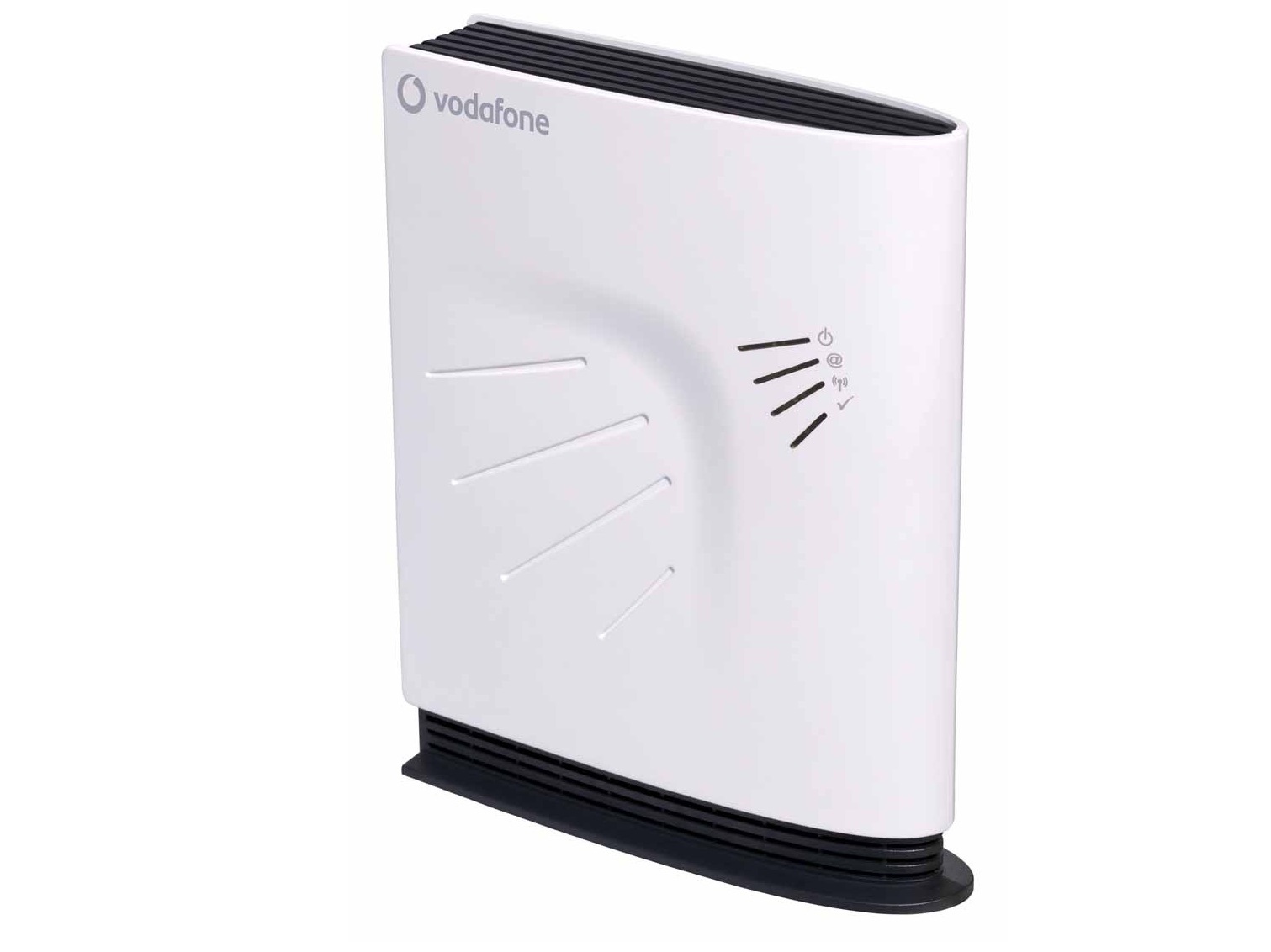Mobile data usage set to increase one-thousand fold by 2020
UK femtocell specialist predicts the future of data

Following the earlier news that Alcatel-Lucent has come up with what it believes to be a major solution in the fight against poor mobile coverage and deadzones (the lightRadio), UK femtocell specialists Picochip claims that mobile data usage is going to increase one-thousand fold over the next ten years.
Last year's cellular data use was three times that of the entire internet in 2000, according to recent research by CISCO who published their latest data earlier this month.
"The amount of traffic on wireless is doubling every year," Rupert Baines,the VP of Marketing for Picochip informed TechRadar.
"This means it is increasing one-thousand fold over ten years."
Baines added, discussing recent stories of smartphone data usage: "They say that iPhone usage is 1.75x higher than Android. I have heard differently - indeed, I know some people were saying Verizon may not experience a jump in traffic with the iPhone as they are 'acclimatised' with heavy usage Android customers."
Alcatel-Lucent's lightRadio - a small, cube-shaped device designed to complement the power-hungry, ugly, expensive masts that currently supply our mobile signals - has been getting considerable amounts of media exposure this week.
And rightly so, because it represents a major technological leap forward. However, Baines thinks we need to examine the announcement about this new mobile data tech in a little more depth.
Sign up for breaking news, reviews, opinion, top tech deals, and more.
Flexible. Scalable. Clever.
"There are two aspects to ALU's announcement," says Picochip's marketing VP. "One is the cube radio: flexible, scalable, cascadeable. Very clever. The other aspect is the idea of centralised baseband: this used to be called basestation-hotel and some people now call it 'cloud RAN'
"The two are separate areas: they can overlap or you could do each one separately. For example, hypothetically, cube radio would fit very nicely with our public access femtocells to provide cheap capacity in dense urban areas or solving 'not spots' in rural areas.
"On the other hand the centralised basestation is the mirror image of femtocells: that is the cloud idea (pull intelligence to the middle, benefit from economies of scale, sharing resources and 'trunking gain'); we do femtocells (push intelligence to the edge of the network, with more smaller, smarter nodes)"
Baines adds: "I suspect that, like many things in technology, the answer will be "a bit of both".
This is because femtocells dramatically increase capacity in any area, where cloud RAN gives you a pool of capacity in the network you can efficiently move around.
Whatever solution operators go for, the fact remains that they are all looking at that "inexorably rising demand for data" in the coming years, which, Baines reminds us, means that they are going to need every possible technique out there to help them solve the problem.
